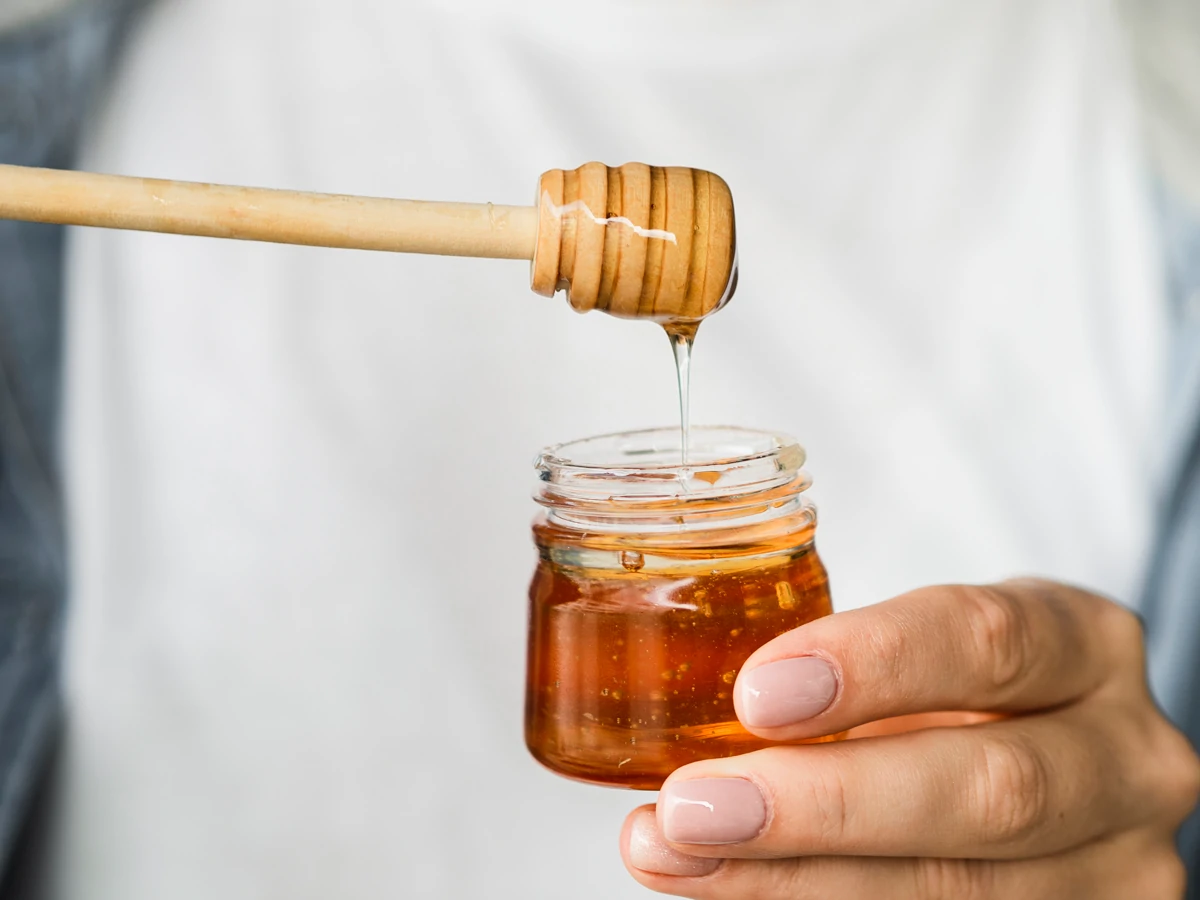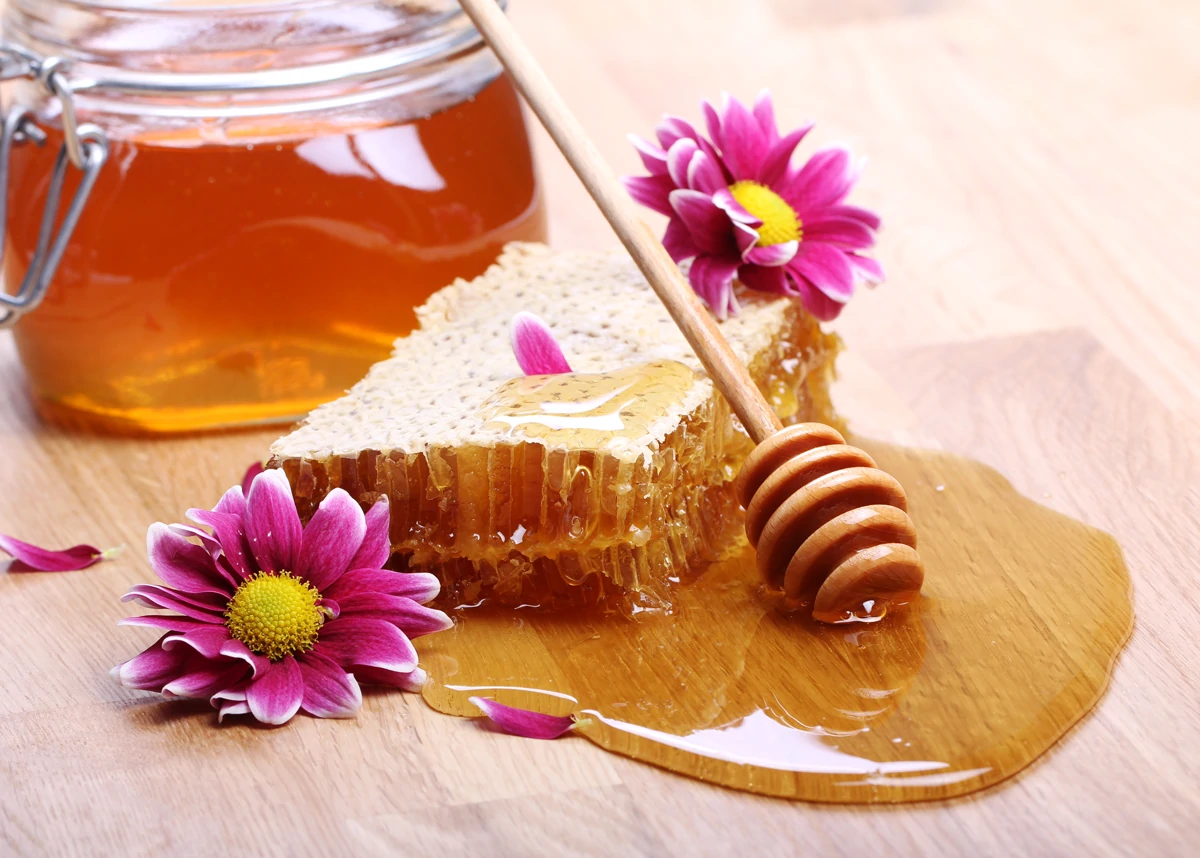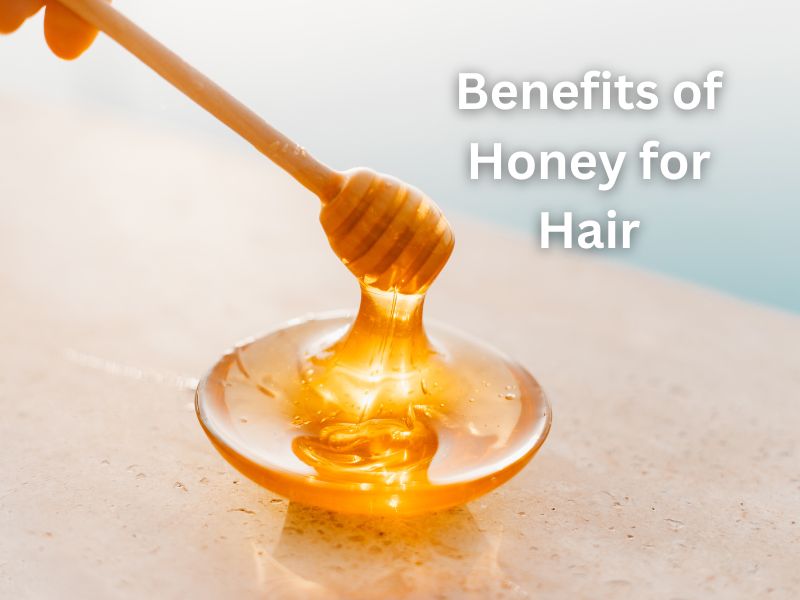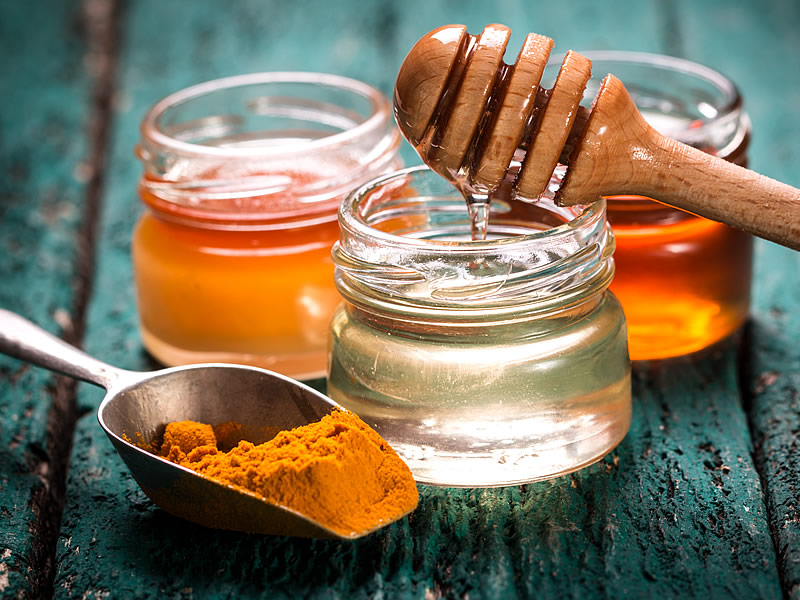Honey, sweet, thick fluid food, dim brilliant in colour, produced in the honeybee’s Air-sacs, collected as sweet solution, secreted by the glands of plants/flowers. Flavour as well as colour are controlled by the blossoms from which the honey is collected. Honey, in general, has a wide history of traditional human medicine use and also is an attractive ingredient for healthy diets. It has been claimed that the healing effect of honey could be due to various physical and chemical properties.
Importance of Honey According to Quran & Hadith
The importance of the honey bee can be analyzed if you just go through surah Nahal in which Allah Almighty himself has manifested the great qualities bestowed to the honey bees. All Religious and None Religious Books mention honey.
- Allah Speaks in Holy Quran, “Its cure for people.” Surah Nahal is a complete description of the honey bee.
- Prophet Muhammad (PBUH) said that besides humans and giants, the honey bee is the only creature whom Allah talked to Quran has given it’s the name of Shiffa un-Naas.
- According to Prophet (PBUH) “Honey is a cure for all physical diseases and Quran is a cure for all spiritual diseases and I recommend the importance of both Honey and Quran.”
- Prophet (PBUH) said, if a person takes honey three times a month, he can never be a victim of any severe disease.
- (Ibn-e- Maja) according to our Prophet (PBUH) “use of honey softens of heart and prevents it from pride and prejudice.”
Whatever Prophet (PBUH) talked about honey that is scientifically justified. Quran has described the importance of honey and the holy prophet (PBUH) had justified it. Islam is a complete code of life.
A. History:
Honey has been a backbone in medical field all over the world. Experts of traditional Ayurveda found that the honey is to be effective in treating injuries and many discrepancies in the body.
Honey usage has a long history and is produced globally. It has been used since ancient time due to its nutritional and therapeutic values. There had been different means of intake honey counting its usage as a sweetener and flavouring agent.
B. Chemical Composition:
The most vital constituent of honey is carbohydrates that present in the form of mono-saccharides, fructose, glucose and disaccharides, maltose, iso-maltose, maltulose, sucrose and turanose and the pleasantness of honey is due to occurrence of these constituents.
It also comprises oligosaccharides and enzymes including amylase, oxidase peroxide, catalase and acid phosphorylase. Moreover, honey holds amino acids, traces amount of vitamin B, Vitamin B6, Vitamin C, niacin, folic acid, minerals, iron, zinc and antioxidants (David, 2007; Fatimah et al., 2013).
The approving evidences on the anti-oxidant, anti-bacterial, anti-fungicidal, hepato-protective are periodically available in the scientific literature. In principle, honey is a valuable supplement for healthy population (Denisow and Denisow-Pietrzyk, 2016). Recent developments in investigation, literature highlighted that honey has potential biological activities with favourable health properties (Muhammad et al., 2016).

Types of Honey
There are about 320 diverse varieties of honey initiating from numerous floral bases. The zest, shade, and aroma of a precise type of honey are liable on the many liquid sources of the flowers and plants visited by the honey bee. Mixed types of honey are similar in respect of temperature, rainfall and seasonal and climactic changes. Honey tint ranges from light brown to dark brown depending on where the honey bees murmured.







